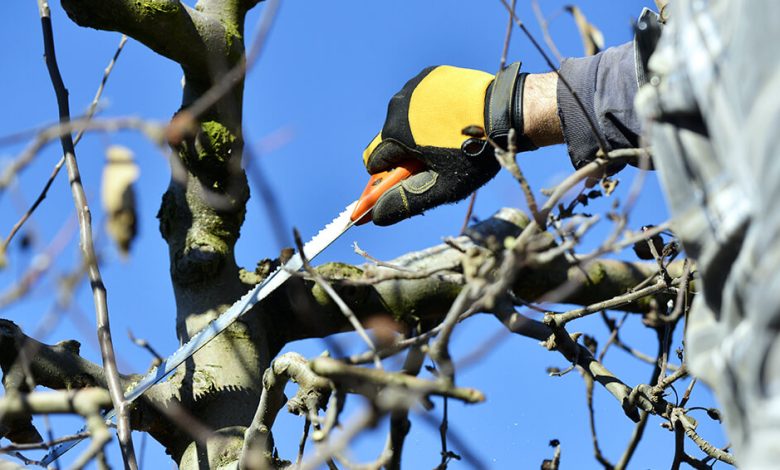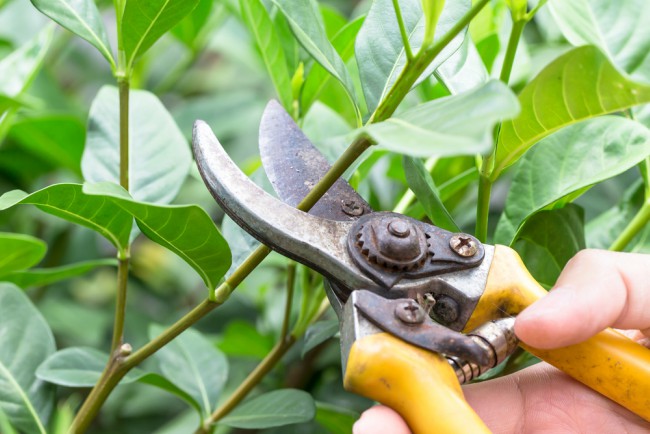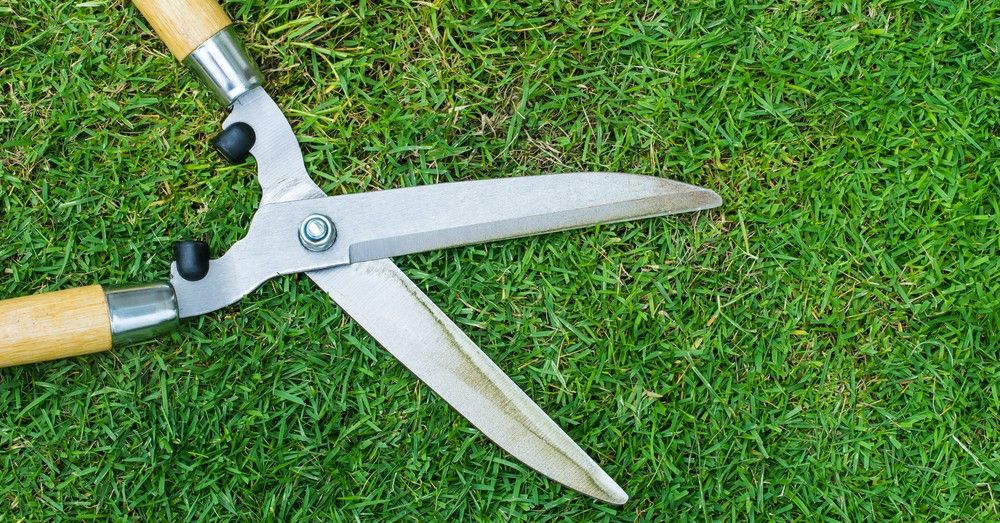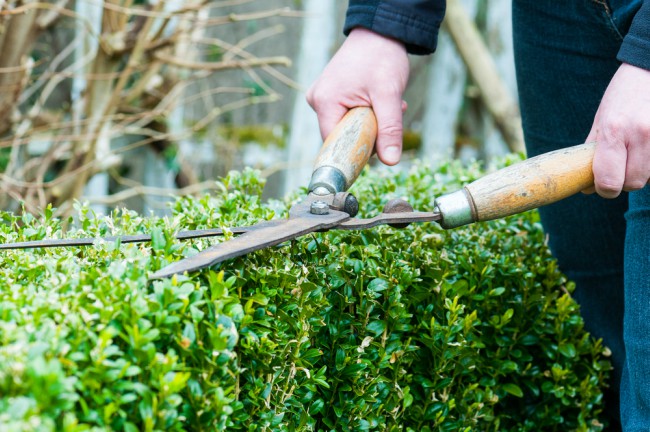February pruning

Although it may not seem like it, February is practically the last real month of winter that we are going to experience. Something that we can begin to perceive in those bulbs that begin to appear above the ground (like the Crocuses and others that anticipate spring) and even in those plants that bloom with the cold (like the Camellia) that despite low temperatures serve as an appetizer for spring.
Precisely, the end of February is one of the crucial moments for the garden because it will be at the end of this month and the beginning of March when we will have to carry out one of the vital tasks: pruning. Still at this time of year when we begin to say goodbye to the cold, the plants are in a vegetative state and it will be the ideal time.
Thus, and thanks to this pruning, we will help our plants to grow with strength and energy for the spring season (the one with the greatest energy loss of the year). However, not all plant species are now pruned, nor is the objective of this task the same.
A compelling reason to learn how to do it correctly.
WHEN AND HOW TO PRUN
It is important that, before starting a pruning, we take a look at the weather forecast that corresponds to the area in which we live. Both at the end of February and at the beginning of March are still times of the year in which we can experience few night frosts or even snow. If this possibility is possible, it is best to postpone pruning until mid-March (with a view to avoiding a frost that could ruin the benefits of pruning).
In addition, it will be important that we start pruning around noon. In this way, we will be avoiding the dew and low temperatures in the morning, but also the drop in mercury in the afternoons.
 And just as important as knowing when to prune is knowing how to do it. To begin with, it is important that our pruning tools (orient yourself on the ideal one with this other post) are perfectly sharp, with a view to making the cuts we make clean. This will prevent us from inflicting damage on the plant.
And just as important as knowing when to prune is knowing how to do it. To begin with, it is important that our pruning tools (orient yourself on the ideal one with this other post) are perfectly sharp, with a view to making the cuts we make clean. This will prevent us from inflicting damage on the plant.
For this same reason, we will have to pay attention to the type of cut. The pruning cut will always have to be inclined (in this way, avoiding the horizontal cut, we will be preventing the plant from having an infection by fungi and other agents). For larger cuts (for example, those made with a saw and especially in woody) it is convenient to use pruning paste to protect the plant from any external agent (a paste that will also be of great help in smaller cuts if, in the middle of pruning, we were surprised by the rain).
WHAT PLANTS TO PRUN AT THE END OF WINTER
The February pruning is a cleaning pruning, so it will have to be focused on removing dry or cold-damaged branches and never cut them excessively (but only clean what is necessary).
Regarding the species that need pruning in February, we can start with woody plants (which allow pruning throughout the year), shrubs and fruit trees that do not bloom now (for which this time of the end of winter is ideal for a pruning prior to the moment in which the sap is reactivated to flower and bear fruit). Also at this time, especially in Mediterranean climates (for others, the ideal is to wait until mid-March), it is the ideal time to prune climbers (such as ivy).
For those that are specifically pruning time, it is for rose bushes (unless we live in a climate where winter lasts a little longer). It is precisely on the pruning at the end of this month that its wonderful summer flowering depends.
Because if there is something good about pruning at the end of winter, it is precisely that ability to give our plants the vigor they need to reign with the beauty that characterizes them.
A good reason to start preparing our tools and turn the February pruning into our particular way of sowing health in our plants.
Visit our available pruning tools here > Pruning






